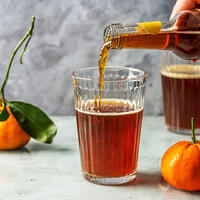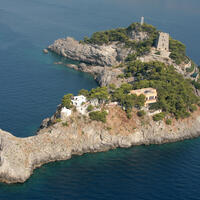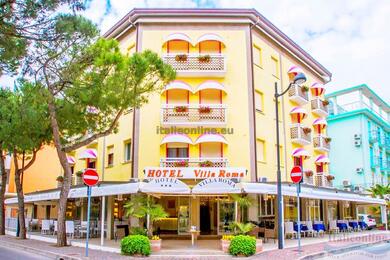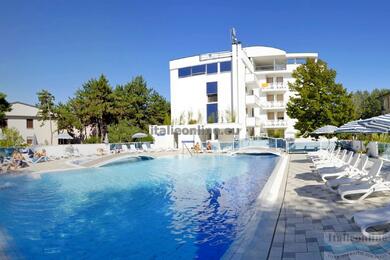The historical roots of Venetian masks
The tradition of wearing masks in Venice dates back to the 13th century. Originally, masks were used to conceal identity, giving wearers freedom of movement and action regardless of social status. In a city full of intrigue, commerce and social norms, masks allowed residents to participate in entertainment, political meetings and secret meetings without fear of detection.
During Carnival, a time of relaxation and celebration, masks were allowed for all, whether they belonged to the poorest classes or the aristocracy. Masks then provided equality and temporary freedom from the strict rules of society.
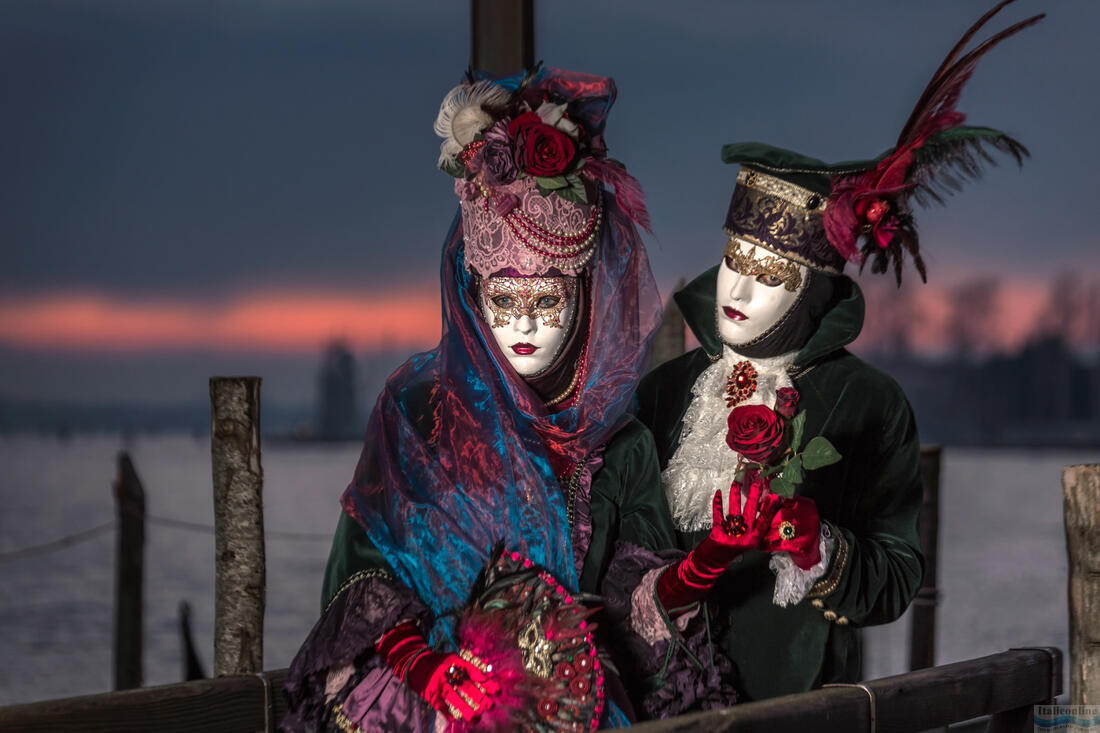
Types of masks and their meaning
Venetian masks are characterized not only by their beautiful design, but also by the variety of types, each with its own meaning and story.
-
Bauta
The most famous Venetian mask, which covers the whole face and is typical of its square shape. The Bauta was popular not only during the carnival but also in everyday life - its shape allowed wearers to speak, eat and drink without removing the mask. It was a symbol of anonymity and freedom. -
Moretta
This mask, also known as a 'muta', was intended for women. It was made of black velvet and held on the face with a button that the wearer held between her teeth. The moretta thus gave the wearer a mysterious and reticent elegance, which was considered attractive at the time.
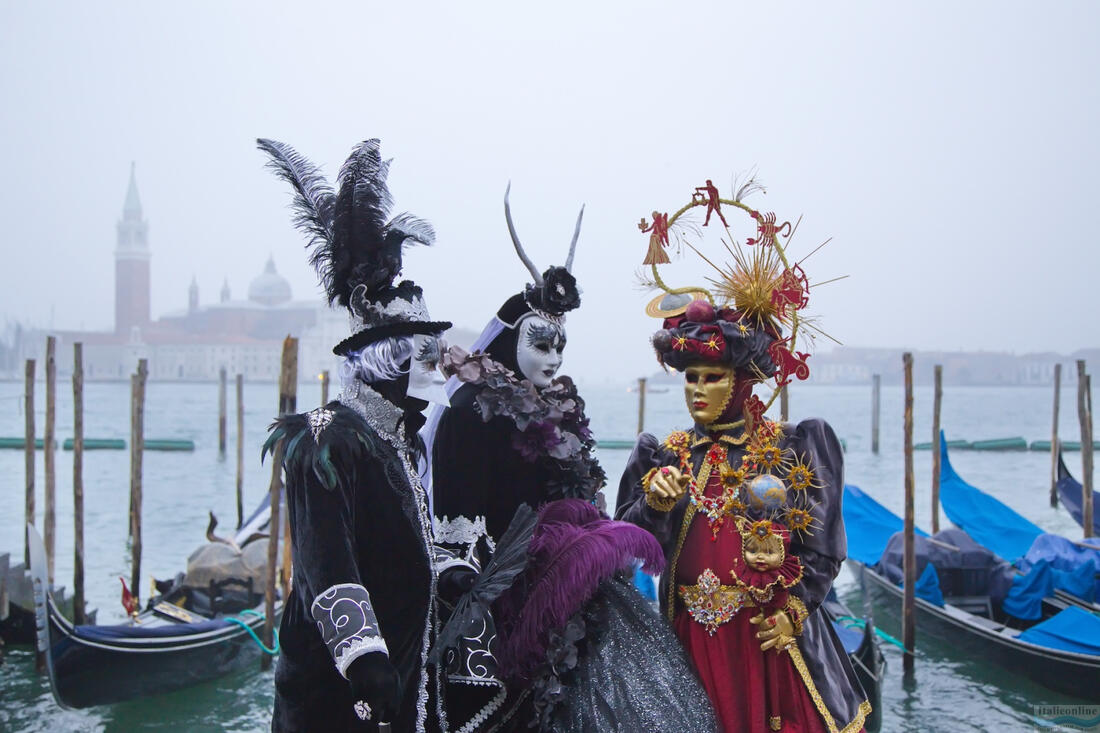
-
Pantalone and Arlecchino
Masks inspired by characters from the commedia dell'arte, an Italian theatrical genre. Pantalone represents the rich and miserly merchant, while Arlecchino is the merry and mischievous servant. These masks bring humour and theatrical flair to the carnival. -
Volto
A simple and versatile mask covering the face. It was often decorated with gold, silver or hand-painted designs. The Volto was especially popular during Carnival and is still one of the best-selling masks today.
-
Dottore della Peste (Plague Doctor)
One of the most distinctive long-beaked masks, originally worn by doctors during the plague epidemic. Although its origins were not linked to the carnival, it gradually became part of it and is now one of its most famous symbols.
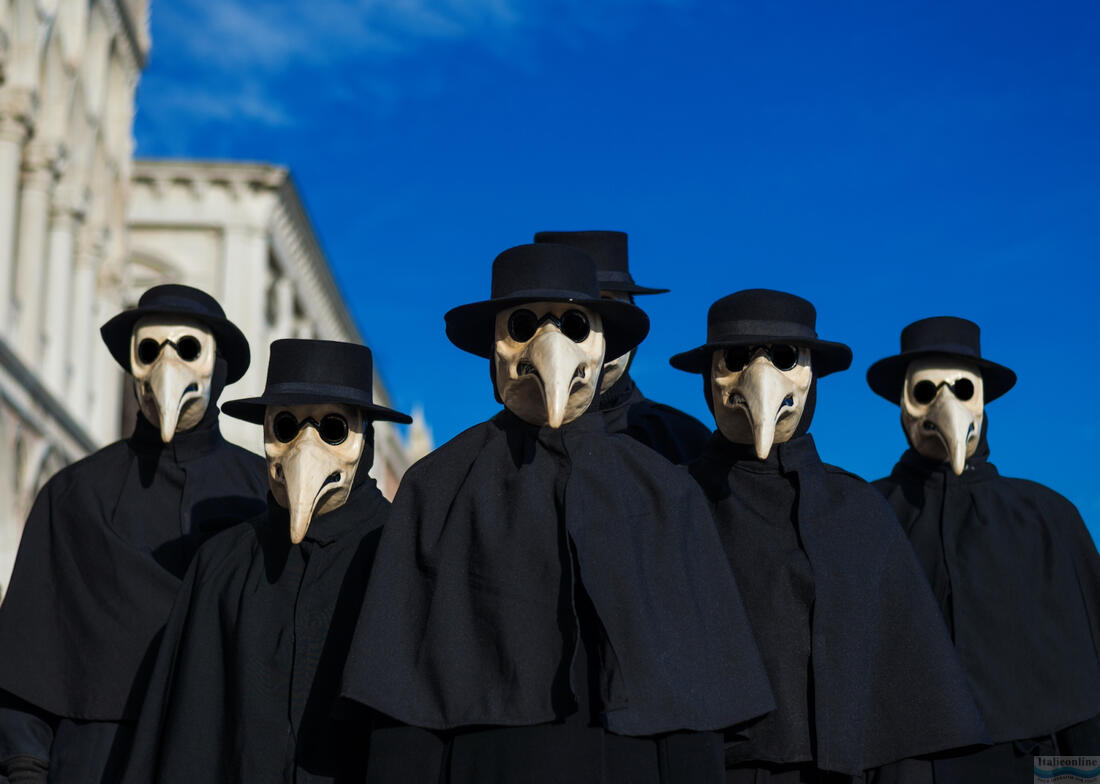
Modern masks.
Today, Venetian masks are not only a traditional element of Carnival, but also a work of art. Handmade from papier mache(a mixture of shredded paper, water and glue), leather or porcelain, the masks are decorated with gold, silver, feathers and precious stones. Each piece is an original, reflecting not only the Venetian heritage but also the creativity of contemporary artists.
During the Carnival season, masks are donned not only by locals but also by thousands of visitors from all over the world. Thanks to them, they can become someone else for a while, enjoy a sense of mystery and join in the atmosphere that is so typical of Venice.

Competitions for the best mask
One of the main attractions of the Carnival is the competitions for the most beautiful and original mask. the participants, dressed in magnificent costumes, pose in St Mark's Square, where they are judged by an expert jury. These competitions attract not only participants but also photographers from all over the world.
Venetian masks are more than just decoration - they are a symbol of freedom, equality and tradition. Whether you attend the carnival as a spectator or put on a mask yourself, you will experience first-hand the magic that makes Venice a place people have returned to for centuries.



